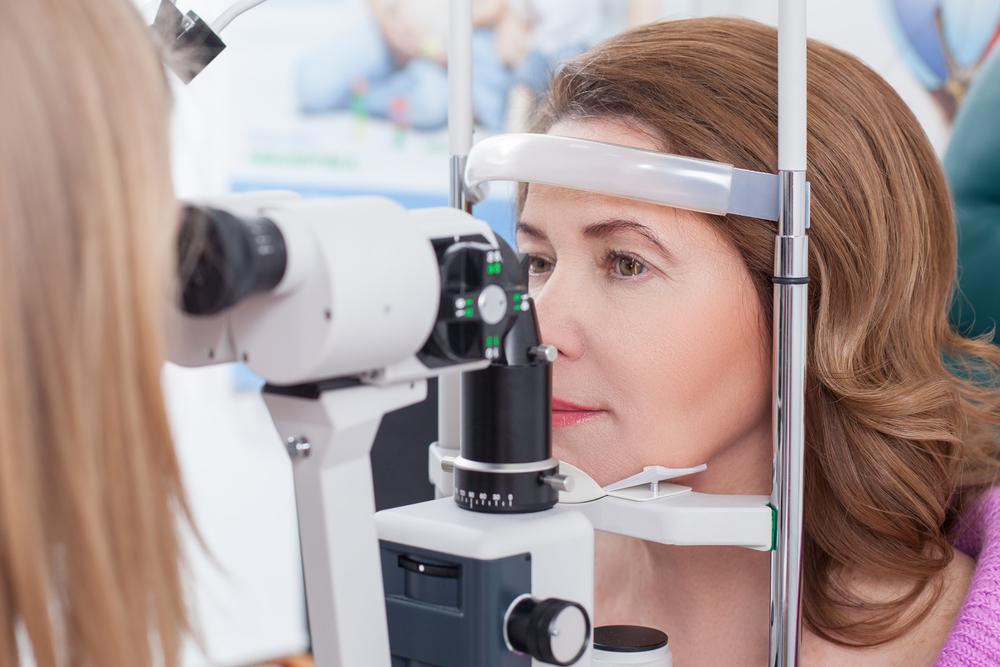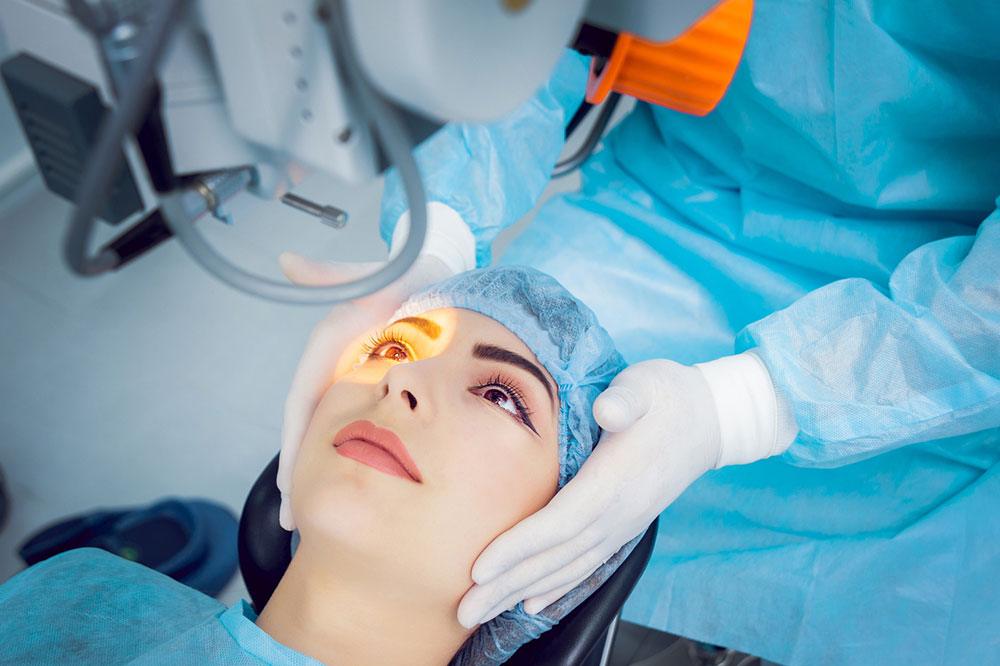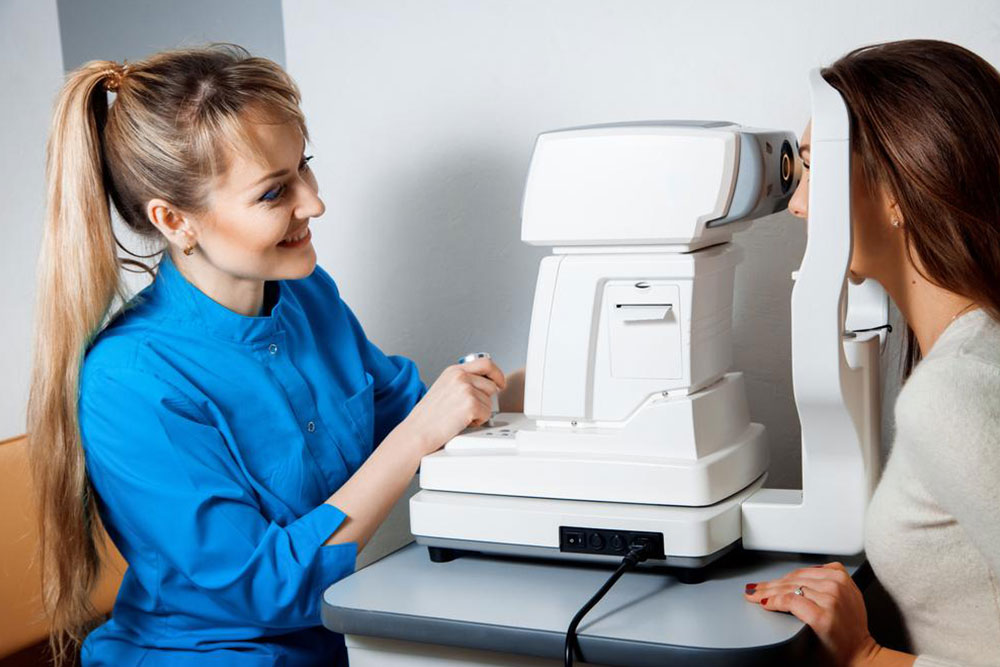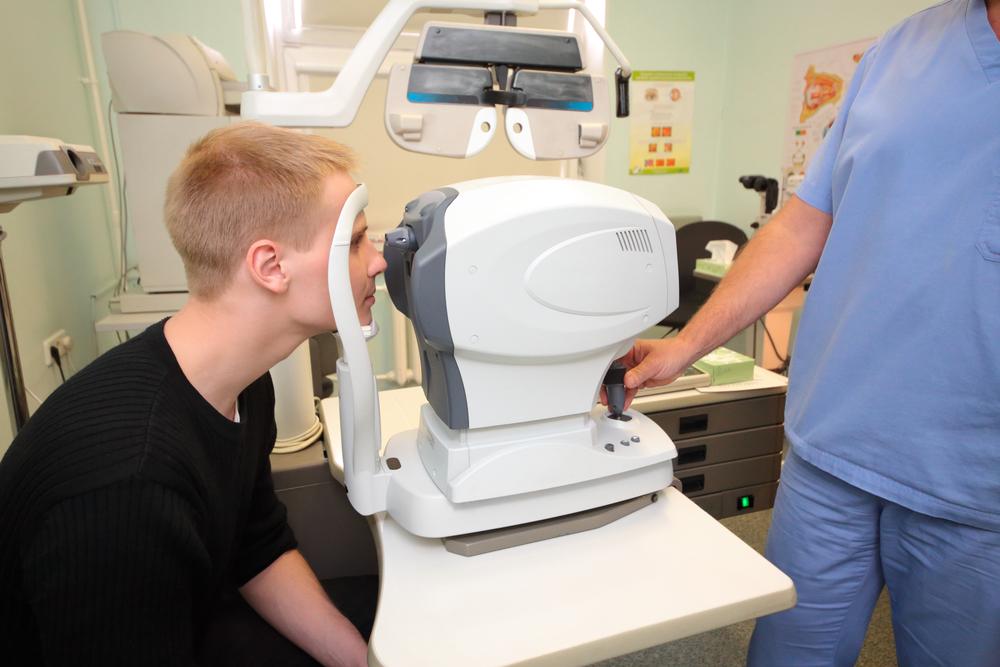A Comprehensive Guide to Common Retinal Eye Conditions and Their Warning Signs
This comprehensive guide delves into common retinal eye conditions, highlighting symptoms, diagnosis, and treatment options. Recognizing early warning signs through regular eye exams is vital for preventing permanent vision loss, especially in at-risk populations. Understanding these retinal diseases offers insights into protecting your vision and seeking timely care to ensure lifelong eye health.

The retina plays a crucial role in our vision, capturing light and converting it into neural signals sent to the brain. As one of the most delicate tissues in the eye, the retina is susceptible to a variety of conditions that can threaten sight if not diagnosed and treated promptly. Understanding the common retinal disorders, their symptoms, causes, and available treatments is essential for maintaining optimal eye health. In this comprehensive guide, we explore prevalent retinal diseases, how to recognize their signs, and the importance of regular eye examinations for early detection.
The retina is a thin layer of tissue lining the back of the eye that is responsible for receiving and processing visual information. When the retina’s structure or function is compromised, it can lead to vision impairment, ranging from mild disturbances to complete blindness. Several factors, including aging, systemic diseases like diabetes, hereditary conditions, or trauma, can cause retinal problems. Early identification of symptoms and timely intervention are key to preventing irreversible damage and preserving sight.
Common Retinal Conditions and Their Symptoms
Diabetic Retinopathy: A complication of diabetes that damages blood vessels in the retina. Symptoms include floaters, blurred vision, dark spots, and sometimes sudden vision loss. Without treatment, it can progress to severe vision impairment or blindness.
Age-Related Macular Degeneration (AMD): A leading cause of vision loss in older adults, AMD affects the central part of the retina known as the macula. Early signs include distortion of straight lines, blurry central vision, and the appearance of dark spots.
Retinal Detachment: This occurs when the retina separates from the underlying tissue, often due to tears or breaks. Symptoms can include sudden flashes of light, floaters, a shadow or curtain effect over part of the visual field, and rapid vision loss.
Retinal Vein Occlusion: Blockage of retinal veins leading to hemorrhages, swelling, and vision disturbances. Symptoms are similar to other retinal issues but often include sudden blurring and visual field defects.
Macular Hole: A small break in the macula causing blurred or distorted central vision. Often caused by aging or trauma.
Recognizing the Warning Signs
Understanding the early signs of retinal problems can make a significant difference in treatment outcomes. When experiencing any of the following symptoms, consulting an eye care professional promptly is crucial:
Persistent blurred or distorted vision
Presence of floaters or dark spots in vision
Sudden flashes of light
Partial or complete loss of vision
Altered perception of straight lines or central vision
The Importance of Regular Eye Examinations
Many retinal conditions can develop silently without obvious symptoms initially. Routine comprehensive eye exams, especially in individuals over 50 or those with risk factors like diabetes or hypertension, are vital for early detection. During an eye exam, ophthalmologists can perform specific tests such as dilated fundus examinations, optical coherence tomography (OCT), and fluorescein angiography to identify subtle retinal changes before noticeable symptoms emerge.
Diagnostic Techniques for Retinal Diseases
Dilated Fundus Examination: A detailed examination of the retina using special lenses after pupil dilation.
Optical Coherence Tomography (OCT): Provides cross-sectional images of the retina, allowing detailed assessment of structural changes.
Fluorescein Angiography: Involves injecting a dye to visualize blood flow in retinal vessels, helping detect leaks or blockages.
Ultrasound B-scan: Used when the retina is detached or obscured by media opacities.
Treatment Options for Retinal Conditions
Depending on the diagnosis, treatment approaches vary and may include medical, laser, or surgical interventions. Early treatment is paramount to prevent permanent vision loss. Common treatments include:
Laser Therapy: Used to seal retinal tears, reduce abnormal blood vessel growth, or coagulate bleeding areas.
Injections: Anti-VEGF (vascular endothelial growth factor) medications are injected into the eye to treat conditions like AMD and diabetic retinopathy.
Vitrectomy Surgery: A microscopic surgical procedure to remove vitreous gel and repair retinal detachment or epiretinal membranes.
Medications: Manage underlying systemic conditions contributing to retinal disease.
Preventive Measures and Eye Care Tips
Preventing retinal diseases involves managing risk factors and maintaining overall eye health. Key preventive strategies include:
Controlling blood sugar levels, blood pressure, and cholesterol
Eating a diet rich in leafy greens, omega-3 fatty acids, and antioxidants
Not smoking
Wearing protective eyewear during activities that could cause eye trauma
Having regular eye exams, especially if you are at increased risk
Conclusion
Retinal diseases pose a significant threat to vision health, especially among aging populations and individuals with systemic health issues. Early recognition of symptoms, routine eye screenings, and prompt treatment can make a profound difference in outcomes. Advances in diagnostic technology and minimally invasive surgical techniques have improved prognosis and quality of life for affected individuals. Prioritizing eye health through regular check-ups and healthy lifestyle choices is the best defense against retinal complications and vision loss.





